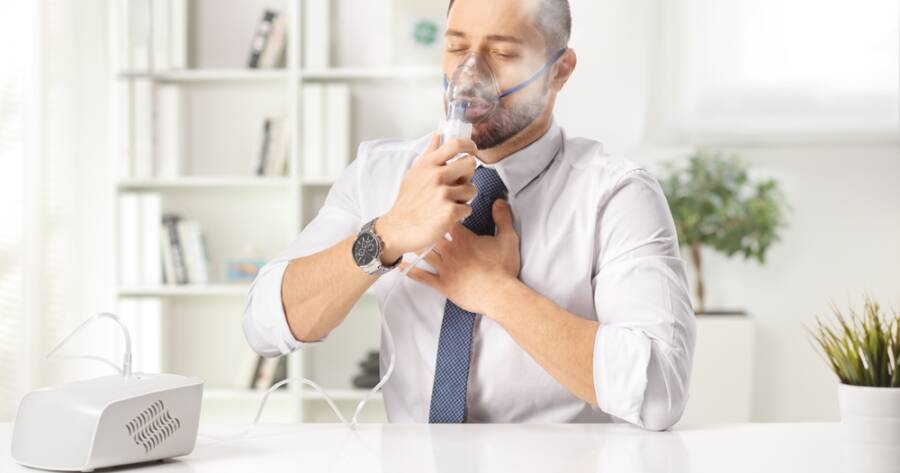Nebulizers have gained popularity as an alternative to traditional inhalers for delivering respiratory medications. This shift is attributed to their ability to administer medication effectively, especially for individuals who have difficulty using inhalers. However, it’s important to consider both the benefits and potential side effects associated with nebulizer use.
Understanding Nebulizers
A nebulizer is a medical device that converts liquid medication into a fine mist, allowing for direct inhalation into the lungs. This method ensures that the medication reaches the respiratory tract more effectively, making it particularly beneficial for individuals with conditions such as asthma, chronic obstructive pulmonary disease (COPD), and other respiratory ailments. Unlike traditional inhalers, which require coordinated breathing techniques, nebulizers offer a more straightforward delivery system, especially for young children, the elderly, or those experiencing severe respiratory distress.
Advantages of Nebulizer Use
-
Ease of Use: Nebulizers, like ARIKAYCE, are user-friendly devices that do not require specific breathing techniques. This simplicity makes them especially suitable for patients who may struggle with the coordination needed for inhalers, such as young children or individuals with severe asthma attacks.
-
Effective Medication Delivery: By converting liquid medication into a mist, nebulizers ensure that the medication is delivered directly to the lungs. This direct delivery can be more effective in managing acute respiratory conditions.
-
Simultaneous Medication Administration: Nebulizers allow for the combination of multiple medications in a single treatment session, which can be particularly beneficial for patients requiring various therapies.
-
No Need for Deep Inhalation: During respiratory distress, taking deep breaths can be challenging. Nebulizers do not require deep inhalation, making them more accessible during acute episodes.
Potential Side Effects
While nebulizers offer numerous benefits, it’s essential to be aware of potential side effects, primarily stemming from the medications used:
-
Rapid Heartbeat and Palpitations: Medications like albuterol, commonly used in nebulizers, can stimulate the heart, leading to an increased heart rate or palpitations.
-
Jitteriness and Tremors: Some patients may experience feelings of nervousness, jitteriness, or muscle tremors after treatment.
-
Dry Mouth and Throat Irritation: The mist from the nebulizer can cause dryness in the mouth or throat, leading to discomfort or a sore throat.
-
Headaches: Some individuals might experience headaches following nebulizer treatments.
-
Nausea: Although less common, some patients have reported feelings of nausea post-treatment.
-
Allergic Reactions: In rare cases, patients may experience allergic reactions characterized by skin rash, itching, hives, swelling of the face, lips, tongue, or throat.
Considerations and Best Practices
To maximize the benefits of nebulizer therapy and minimize potential risks:
-
Consult Healthcare Providers: Always discuss with a healthcare professional before starting nebulizer treatments to ensure appropriate medication and dosage.
-
Monitor Side Effects: Be vigilant about any adverse reactions. If side effects persist or worsen, seek medical advice promptly.
-
Proper Maintenance: Regularly clean and maintain the nebulizer equipment to prevent infections and ensure optimal functionality.
-
Adherence to Prescribed Usage: Use the nebulizer strictly as directed by a healthcare provider. Overuse can lead to increased side effects and reduced medication efficacy.
Learn More Today
Nebulizers play a crucial role in respiratory care, offering an effective alternative to traditional inhalers, especially for those who face challenges using inhalers. By delivering medication directly to the lungs in a user-friendly manner, they enhance treatment efficacy. However, like all medical treatments, it’s essential to be aware of potential side effects and use nebulizers under the guidance of healthcare professionals to ensure safety and effectiveness.





